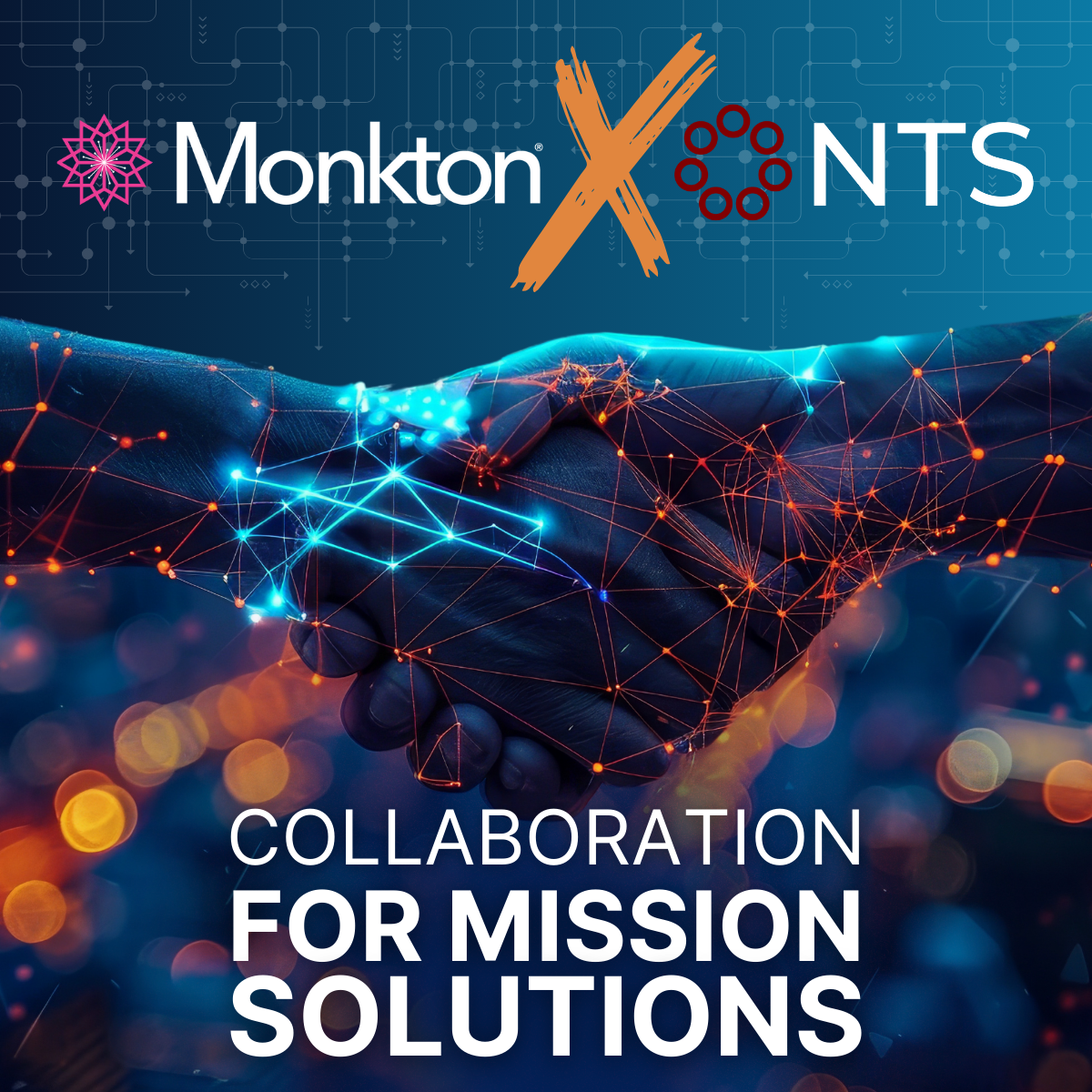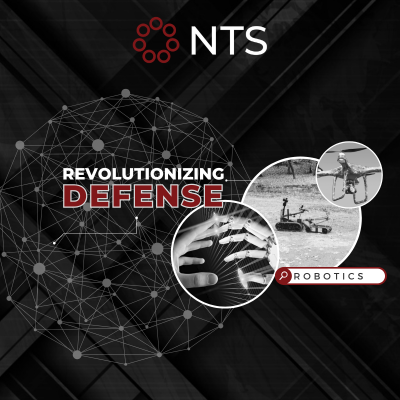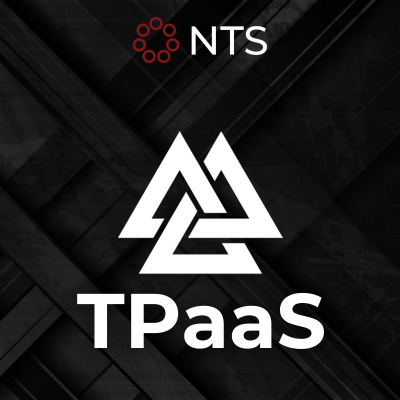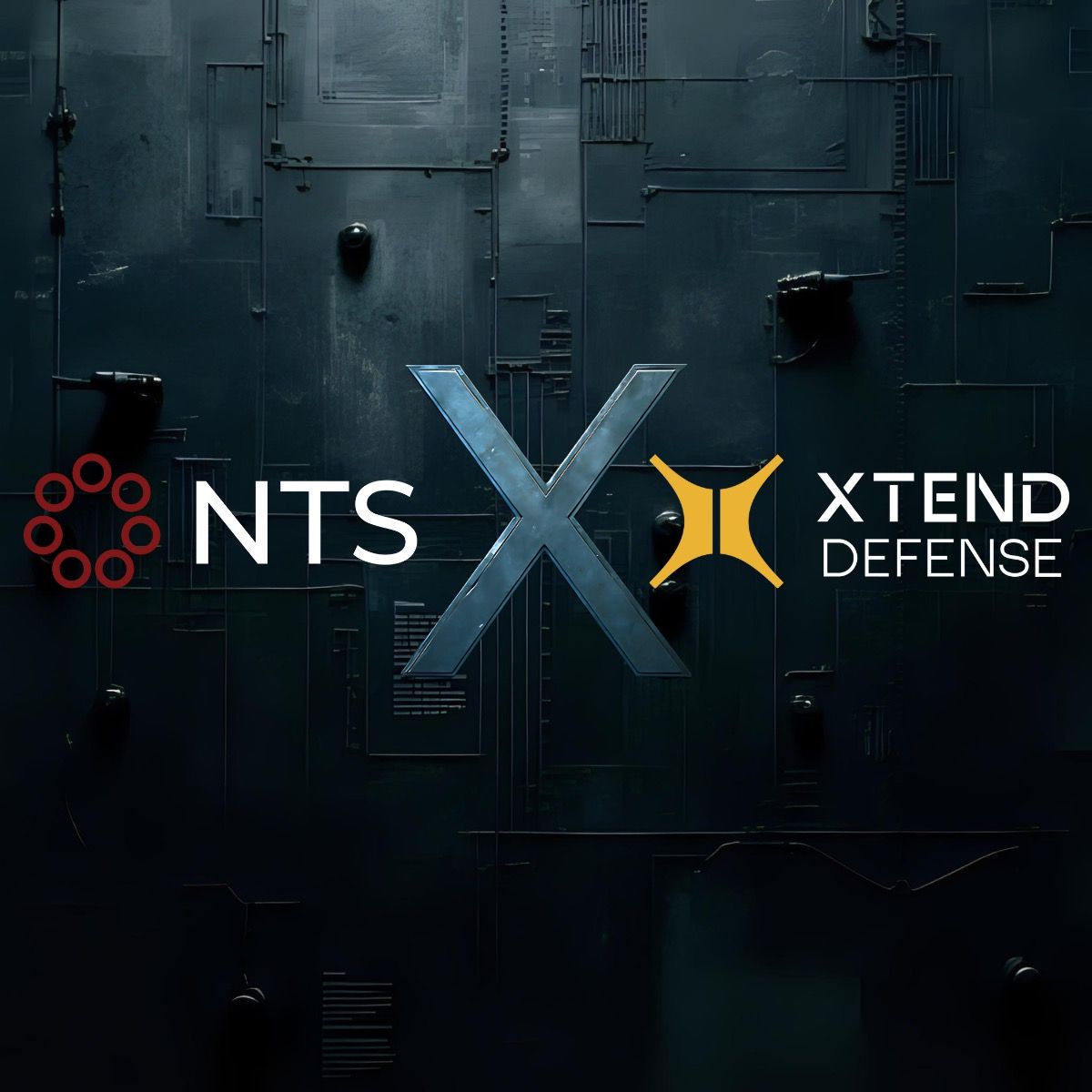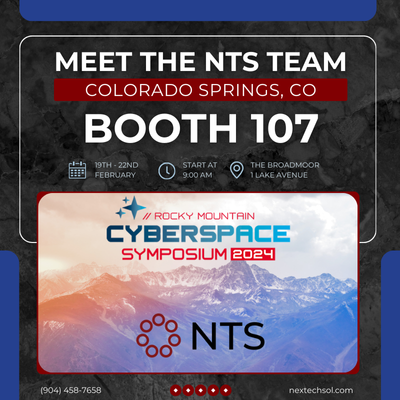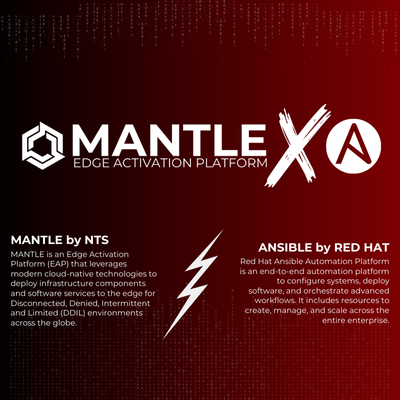FEMA's Goal to Integrate to the Cloud
NexTech Solutions has always advocated for data accessibility within the cloud anytime and anywhere, especially in circumstances of disaster.
Having data available in any environment, be it connected or damaged, is important to move data back and forth between the area of disaster and sources that can help – sources such as the Federal Emergency Management Agency (FEMA). That said, a a recent article from the Federal News Network reveals the agency’s goal for 2022 to ensure “at least 50% of all of [their] systems and services are ready to be moved into the cloud”. The best way to guarantee this is to completely prepare and modernize cloud systems and services to be used off-premises, and to do so in a way that both citizens and FEMA’s IT partners can have the equity to securely access data.
With about 53 systems already cloud-ready, FEMA’s CIO Lytwaive Hutchinson hopes to move half of this total to the cloud by the end of the year, and to have all their systems and services moved to the cloud by fiscal year 2026. In doing so, everyone will be able to take advantage of the emergency agency’s services and systems, especially in disaster-ridden environments. These efforts are not careless, and the organization has taken proper care to encrypt both stationary and mobile data as a cybersecurity measure against those who would misuse it or take advantage of system vulnerabilities. This method of taking security heavily into consideration earlier on in system and service development is known as a secure-by-design approach, and it allows FEMA to “ensure changes or updates don’t have downstream effects that may make one [system] element less secure or more complex to use”. This can be done by implementing such strategies as making the system code open to the public so that users may catch and fix vulnerabilities as they are found, and by limiting a system’s admin privileges. By building a highly secure system early on in expectation of attacks and exploitable vulnerabilities, organizations like FEMA can mitigate potential threats and further protect the data that victims in disaster situations most desperately need.
FEMA knows the importance of ensuring the connection of both citizens and emergency resources in disaster situations. The largest initial hurdle to overcome in disaster situations is gathering information and coordinating a response. Large-scale disasters almost always involve the loss of critical communications infrastructure, whether the effects are direct (i.e., damage to cell towers, power outages, internet services disruption) or indirect (i.e. increased bandwidth consumption by those who still have service).
In such disaster situations, NTS, in collaboration with Persistent Systems, Klas Government, and Tampa Microwave, combat this with the All-Domain Network solution. The All-Domain Network (ADN) is a mobile platform that provides complete, unified communications (SATCOM, Radio, VoIP, MANET, Edge Server) infrastructure in places where existing communications are nonexistent or unusable, such as in a disaster area.
The All-Domain Network guarantees that a robust, flexible communications system can be made immediately available to coordinate rescue and recovery efforts, regardless of the severity of damage in the affected area.
